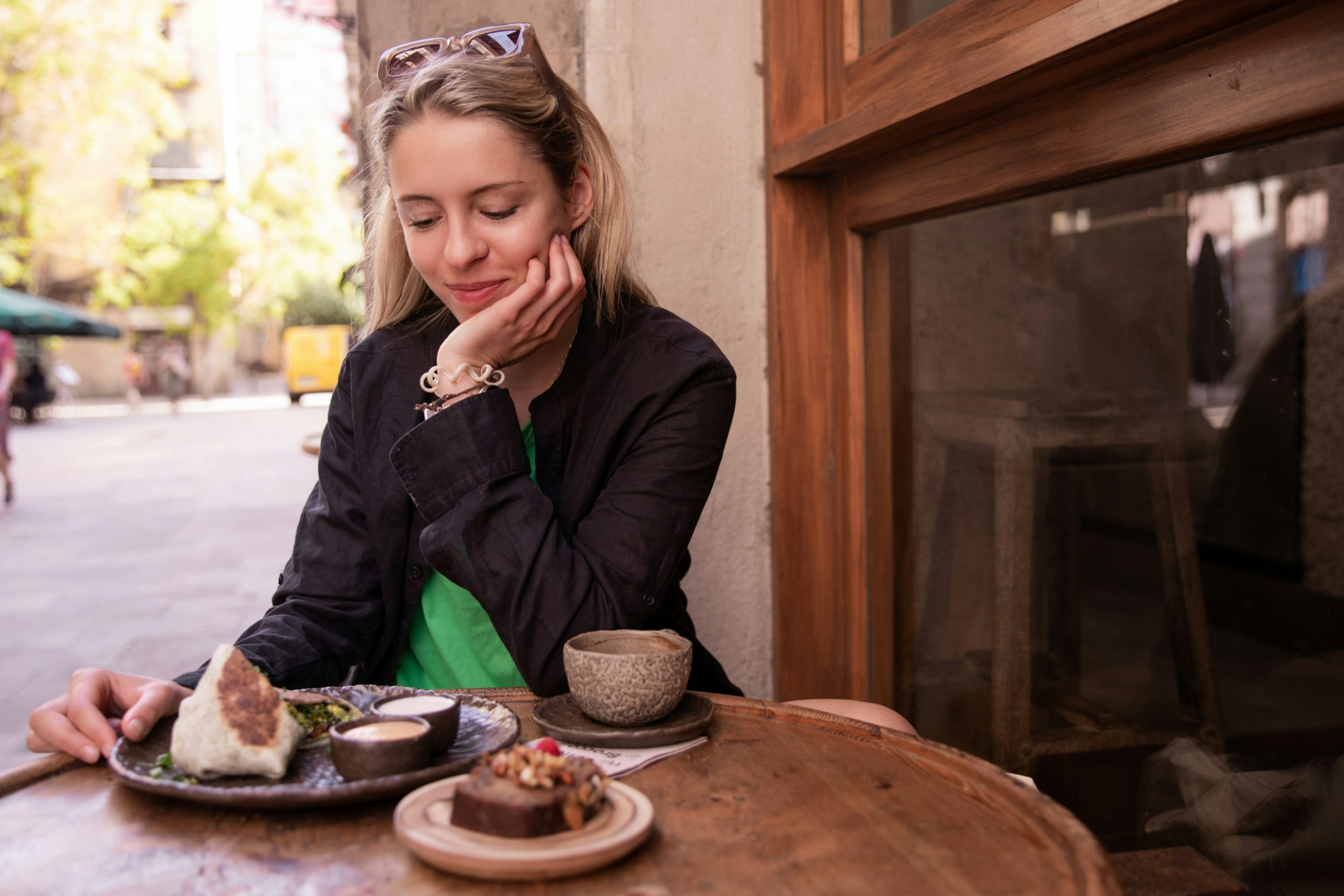For many people, grabbing dinner with friends or joining a family celebration sounds fun. But for those with Avoidant/Restrictive Food Intake Disorder (ARFID), these moments can bring a wave of anxiety and shame. The fear of unfamiliar foods, sensory overwhelm, or not having “safe foods” available can make eating out feel impossible.
If this sounds like you (or your child), know that you’re not alone, and that progress doesn’t have to mean diving into a buffet of unknown foods overnight. With small, gentle steps, eating out can become more comfortable and even enjoyable.
Why Eating Out Feels So Hard with ARFID 
- Unpredictability: You can’t always control how food is cooked, what ingredients are used, or how it’s presented.
- Social pressure: You might worry about others noticing what or how much you eat.
- Sensory overload: The smell, texture, or appearance of restaurant foods can be triggering.
- Fear of reactions: For fear-based ARFID, the anxiety of getting sick or choking can make it feel unsafe to eat.
These are very real challenges, but they can be approached with care and compassion rather than force or guilt.
Gentle Exposure Ideas for Social Eating Anxiety
The goal of exposure isn’t to “just eat it”, it’s to slowly reduce fear and build confidence around eating in different settings. Here are some gentle, nutritionist-approved ideas you can tailor to your comfort level:
1. Start Small — Even Without Eating
You don’t need to eat right away. Try just being in a restaurant environment first:
- Sit with friends at a café and have water or a drink.
- Look through the menu without ordering.
- Pack a safe snack while you accompany others to dinner.
This helps your body get used to the sensory and social aspects before focusing on food itself.
2. Bring Your Safe Foods
If possible, call ahead or bring your own familiar food. Many restaurants are understanding when you explain dietary restrictions or anxiety around eating.
3. Preview the Menu at Home
Look up menus online before going out. Identify potential “bridge foods” (options that are similar in texture, temperature, or flavor to your safe foods).
Example: If you’re used to eating plain pasta at home, look for a restaurant that serves buttered noodles or simple dishes.
4. Choose Supportive Company
Go with someone who understands your ARFID like a close friend, parent, or nutritionist. Knowing you won’t be judged takes off a huge layer of pressure and allows you to feel emotionally safe.
5. Celebrate Small Wins
Taking a single bite of a new food or just sitting through a restaurant meal is progress. Each experience helps retrain your brain to see eating out as less threatening over time.
Eating out with ARFID doesn’t have to be all-or-nothing. By starting with gentle exposure, choosing supportive people, and respecting your limits, you can rebuild a sense of freedom around food and social situations. Progress may feel slow, but every small moment counts.
If you’re supporting someone with ARFID, remember: compassion is key. Pressure or shame only deepen anxiety. Encouragement, patience, and celebrating small steps make recovery possible.
Reach out today for a complimentary phone call with an Evolve intake coordinator.


